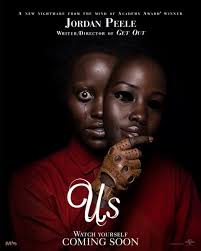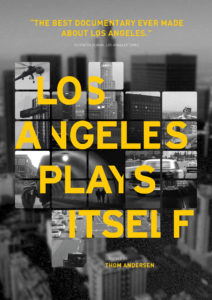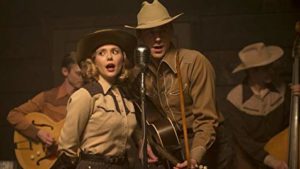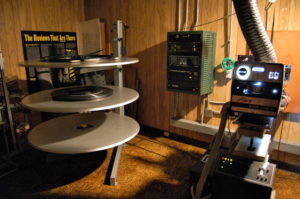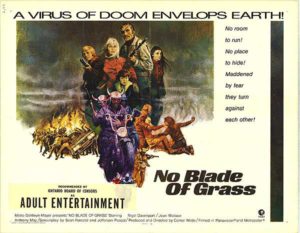After watching No Blade of Grass I started thinking more about sexual violence in media because this film has a nearly perfect example of a gratuitous rape which serves no purpose in the narrative and I can use that to discuss why sexual violence is so often something that should be removed from a piece.
In the story John Custance, his wife Ann and daughter Mary are waylaid by evil men who knock out John, abduct Ann and Mary and rape them. John and the other in their band of survivors find the men, interrupt the assault, and kill them, Anne killing one herself. Then the band moves on, back on their quest for the safety of the potato far.
A scene in a narrative piece needs to fulfill a function the most common function for a scene include; Advancing the Plot, Revealing Character, Motivating Characters, and World Building/Exposition. It is not only possible but also preferable that a scene performs more than a single function but it should serve at least one of those goals. So let’s look at this sequence and see what functions it may fit into.
1) Advancing the Plot. This attack and its resolution in no way advances the plot. The characters quest remains the same after the incident as before and the attack doesn’t change their approach to their goals. There is no alteration to their methods that later effect their progress. The plot is utterly unaffected.
2) Revealing Character. The Point of View character for this film is John Custance and other characters, particularly given the movie’s brief running time, are scarcely explored at all. The assault reveals nothing new or hidden from the viewers. No unexpected reaction, no dark history revelation.
3) Motivating Characters. This is an old action movie cliché, the hero’s significant other is assaulted by the bad guy or his henchmen and the hero is finally propelled into action and the third act of the movie. It is sexual assault and major trauma reduced to a motivational excuse. In No Blade of Grass the attack doesn’t even service that purpose. It takes place about the middle of the second act and the attackers end up dead adding no revenge element to the story. It should also be noted that the assault, while it produces some changes in the Ann and Mary, these changes are give only as surface treatment and are principally shown in how they affect their respective romantic partners.
4) World Building and Exposition. I think it is fairly likely that the filmmakers thought that the inclusion of this scene dramatized the cruel and violent world born of this disaster but that is a quite naive viewpoint. Rape is a daily reality. Stranger rape and gang rapes are a reality, one that women are quite aware of. If this is meant as world building then it sadly fails to understand how our world already works.
Major trauma should only be deployed for major story elements. Such real life terrors should never be used as a motivational gimmick to get a hero moving. If you need to rape someone to give the hero motivation, then make it the hero who is assaulted and leave side characters for side quests and lesser elements.
 Gondor disgusted by the war crimes of the elves, they embark on a quest that will removed magic from the world and allow the learning and science of men to flourish.
Gondor disgusted by the war crimes of the elves, they embark on a quest that will removed magic from the world and allow the learning and science of men to flourish.
